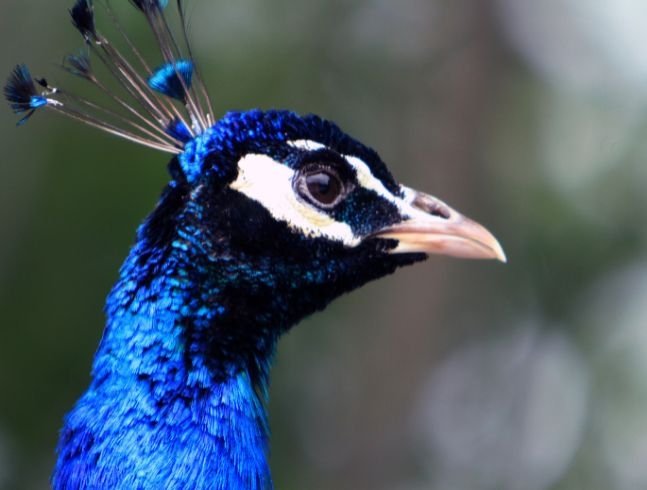
Year of the Feathers and Scales
Our vision at the Magnetic Hill Zoo is to be Atlantic Canada’s leading zoo that educates and inspires conservation action. Join us in learning about and supporting the 2025 Year of the Feathers & Scales campaign by:
- Visiting our feathered and scaly animals at the Zoo,
- Supporting this year’s conservation project,
- Following us on social media.
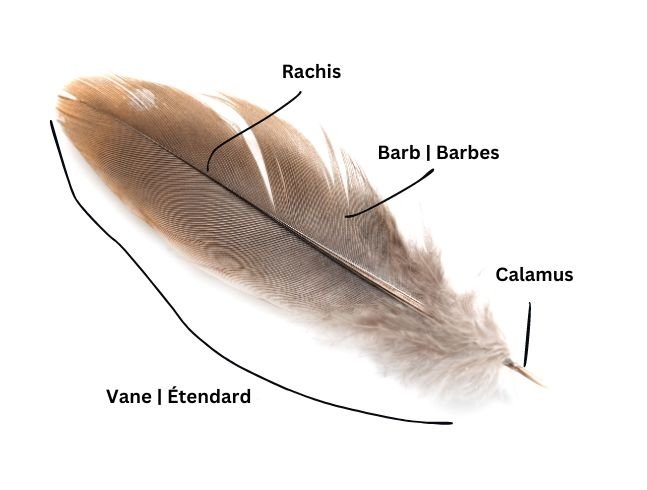
What is a feather?
A feather is a lightweight, slender structure that forms the outer covering of birds. Composed mainly of protein, feathers serve multiple functions including insulation and flight. Feathers come in various shapes, sizes, and colors, and they play a crucial role in avian behavior, communication, and survival.
MAGNETIC HILL ZOO'S ANIMALS WITH FEATHERS
American flamingo, Andean condor, Barn owl, Blue and yellow macaw, Budgie, Canada goose, Dutch bantam chicken, Egyptian goose, Emu,
Indian blue peafowl, Marabou stork, Muscovy duck, Mute swan, Ostrich, Rhea, Silkie chicken
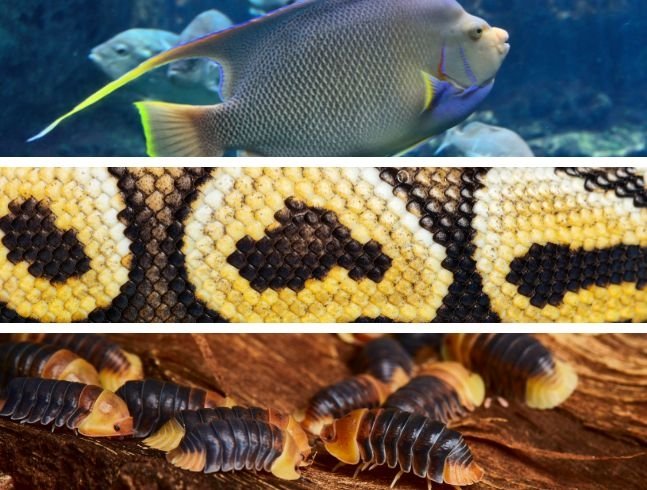
What is a scale?
Scales are protective structures found on the skin of many animals, like insects, reptiles and fish. They are typically composed of tough, keratinized tissue and serve various functions such as providing physical protection against predators, reducing water loss through the skin, and aiding in locomotion by reducing friction. Scales can come in different shapes, sizes and arrangements depending on the species. Overall, scales are essential and contribute to the survival and success of many species across different ecosystems.
Magnetic Hill Zoo’s Animals with Scales
African spurred tortoise, Ball python, Bearded dragon, Blanding’s turtle, Corn snake, Dwarf caiman, Leopard gecko, North American box turtle, Red-eared slider turtle, Reticulated python, Rough-scaled plated lizard, Uromastyx lizard
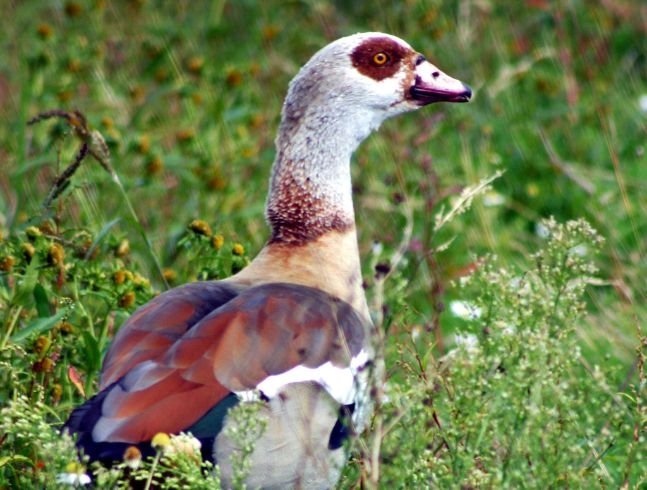
THREATS
The major threats to local birds include
- Habitat loss;
- Predators, especially domestic and feral cats;
- Collisions, especially buildings and windows;
- Plastic waste.
The major threats to local reptiles include
- Habitat loss;
- Predators;
- Illegal pet trade;
- Collision with vehicles;
- Plastic waste.

How you can help during your next visit
You can contribute to our conservation fund by:
- Buying a zoo map for $1 at the Admissions building.
- Making a direct donation when purchasing admission tickets.
- Placing your donation in the donation bins located throughout the Zoo.
- Purchasing feathers and scales related items from the Zoo's gift shop, including recycled plastic plush animals from the following popular brands: The Petting Zoo, Wild Republic, Living Nature, Aurora’s Eco Nation, and Fiesta’s Earth Pals lines.
- Purchasing Magnetic Hill Zoo branded clothing items from the Zoo's gift shop.
- Completing your gift shop purchases by rounding up to the next dollar.
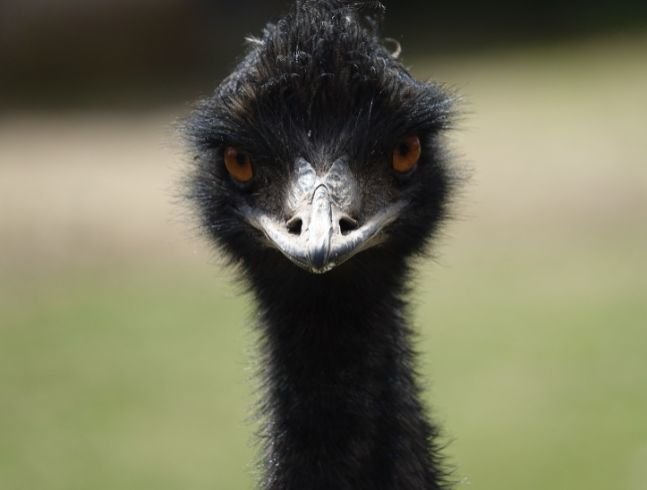
How you can help local feathered and scaled animals in the wild
- Practicing “Leave no Trace” when enjoying nature by staying on the trails and properly disposing of your waste.
- Do not disturb any animals in their natural habitats. If exploring with a dog, ensure your dog is always leashed.
- Keeping domestic cats from roaming outside. Domestic cats are not native to any ecosystem and can cause serious harm to the entire ecosystem. We suggest creating a controlled environment outdoors by using a leash and harness or building a “catio”. Information and tips from Nature NB
- Mounting bird feeders away from windows and clean them regularly. Bird feeder tips and tricks from Birds Canada
- Watching for turtles on roadways and avoid using ATVs in turtle nesting habitats (patches of sand or gravel along riverbanks). Wood turtle information from the Nature Trust of New Brunswick
- Farmers can reduce the incidence of turtle deaths by raising the cutter bar on their mowers by 15 cm (6”) when cutting for the first time near waterways.
- Farmers can align the crop rows in their fields to run parallel to waterways. This will discourage turtles from entering their fields.
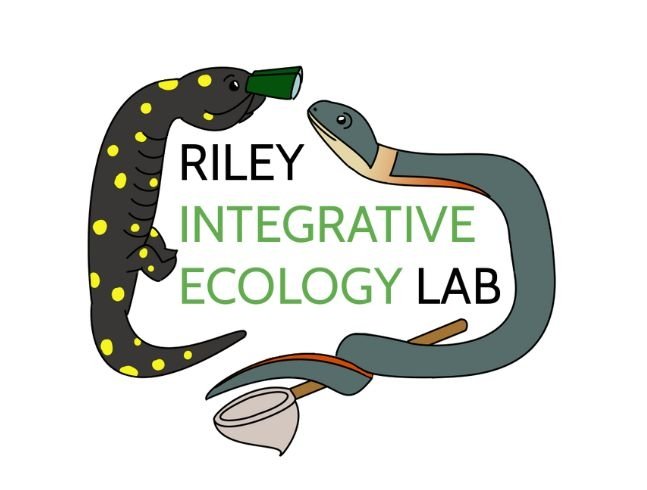
Support
The Riley Integrative Ecology Lab is located at Mount Allison University. Their research aims to increase the knowledge of amphibian and reptile behaviour, evolution, and ecology, as well as advance their conservation.
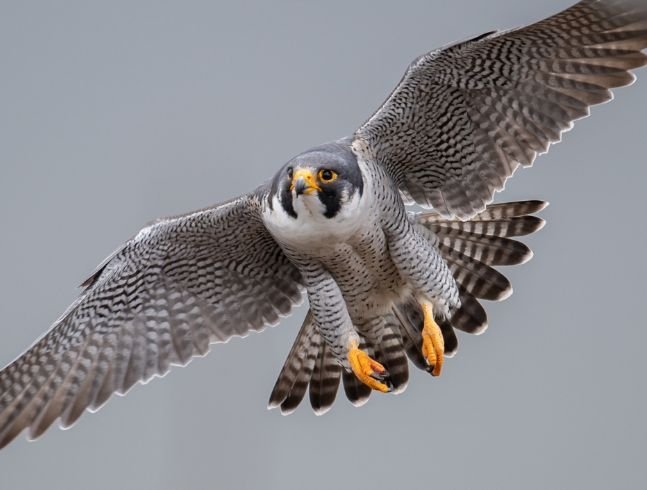
The Magnetic Hill Zoo is taking action for birds
- Peregrine nest cam
- Motus Wildlife Tracking Station
- AZA Songbird SAFE program
- Site for the annual Christmas Bird Count
- Installation of Nature Moncton's songbird nest boxes in the Magnetic Hill Park
- Installation of decals to reduce the incidence of bird strikes on windows
- Planting bird and butterfly friendly plants in the Magnetic Hill Park
- More information on how to help birds
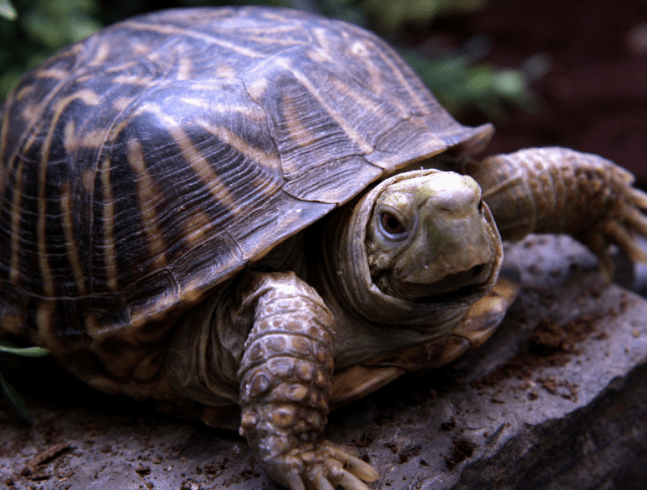
The Magnetic Hill Zoo is taking action for reptiles
- Supporting local turtle conservation research in New Brunswick
- Providing conservation education on local turtle species with NGO's and government agencies
- Rehoming injured, illegal, and confiscated turtles with local government agencies
- Supporting local products and artists by featuring turtle t-shirts for conservation in the Zoo's gift shop
- Offering ecofriendly gifts for purchase in the Zoo’s gift shop
- Building a new turtle exhibit in the Imaginarium
- Creating a new educational interpretation kiosk inside the Zoo for 2024 summer season
- Continuing to provide care and welfare for the Zoo's turtle ambassadors: a North American box turtle named Google and an African spurred tortoise named Sherman.

